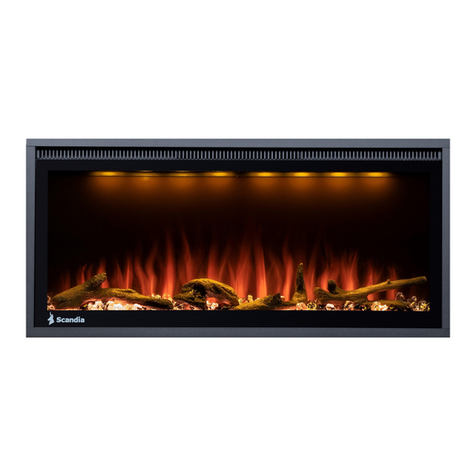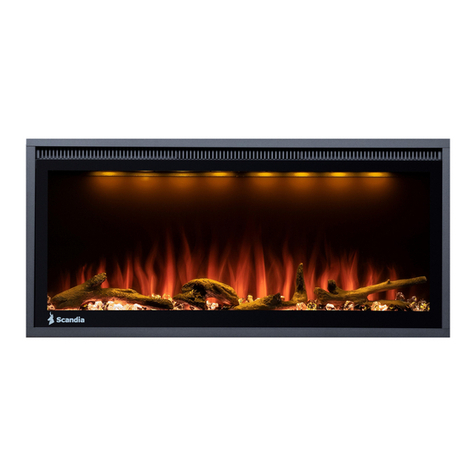
1. This appliance is not intended for use by persons (including children) with reduced physical, sensory or mental capabilities, or lack
of experience and knowledge, unless they have been given supervision or instruction concerning use of the appliance by a person
responsible for their safety.
2. Children should be supervised to ensure that they do not play with the appliance.
3. If the electrical supply cord is damaged, it must be replaced by the manufacturer, it’s service agent or similarly qualified persons in
order to avoid hazard.
4. Never place combustible items such as but not limited to furniture, fabric or wood within the specified clearances tocombustibles.
5. The burning of wood gives off gases which can be extremely dangerous. Wood heaters are designed so that under normal
operating circumstances these gases pass up the flue chimney system and cannot escape into your home, however it is important
that your flue system is properly installed and that you check all joints regularly to ensure that there are no cracks or gaps, check
the door sealing rope and replace when damaged/worn. We recommend a smoke alarm be fitted in rooms where wood heaters
are installed. Do not use your wood heater in a room where negative pressure conditions exist. Negative pressure environments
can cause products of combustion to be drawn from the fireplace into the room. Caution should be taken when using any form of
extraction in a room where a wood heater is installed.
6. This appliance is designed to specifically burn dry hardwood. Do not burn rubbish, driftwood, flammable liquids oranysubstance
containing salts or corrosives.
7. Creosote and soot may accumulate in your flue pipe and chimney. This may ignite, causing a chimney fire. If you suspect a chimney
fire close down the air controls on the wood heater, if the fire persists evacuate people from the building and call the Fire Brigade.
To prevent the accumulation of soot or creosote, check flue and chimney regularly and clean as necessary. Good burning, hot wood
heaters will generally cause a lot less build-up than slow burning wood heaters, likewise dry wood will cause less build-up than wet
wood. We recommend a fire extinguisher be available where wood heaters are in operation. In the event of a chimney fire do not
re-light the wood heater until the heater and the flue chimney system have been thoroughly checked and repaired/replaced as
necessary.
8. Wood heaters get extremely hot and should not be touched when lit. When young children are in the area, we recommend the use
of a suitable fire guard around the wood heater. Always wear protective gloves when reloading wood heater.
9. Never over-fire your wood heater. If external parts of your wood heater are glowing red then the wood heater is over-firing and
your draught settings should be reduced. Never interfere with the draught mechanisms or adjust your air settings outside those
limits set when the wood heater is manufactured. Never use a secondary fan to supply or extract air to the wood heater.
10. All users of the wood heater should be aware of the contents of this manual. Please leave this manual where it is accessible to wood
heater users and do not allow anyone to use the wood heater that is unfamiliar with its correct operation.
11. Never use the wood heater if any parts are missing or damaged, only use genuine parts as replacements.
Never modify your wood heater.
4
WOOD HEATER SAFETY
When properly maintained and operated your wood heater should give you many years of service,
however there are important safety aspects of these products that you need to be aware of when operating a wood heater.






























